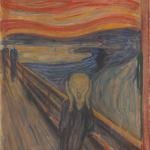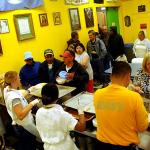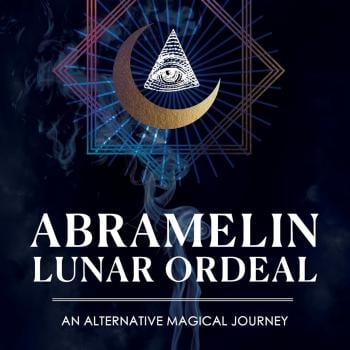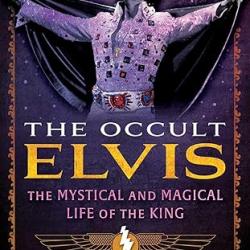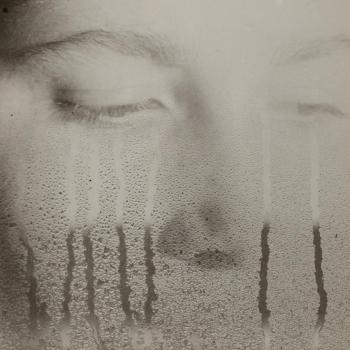Review of Living Magic: Contemporary Insights and Experiences from Practicing Magicians by Frater U.: D.:, Axel Budenbender, Harry Eilenstein and Josef Knecht.
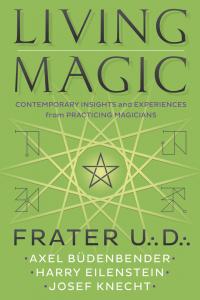
The Bonn Workshop for Experimental Magic was formed in 1979 by a dozen people at the Horus Esoteric Bookshop in Bonn. The group was guided by Aleister Crowley’s adjuration to employ “the method of science; the aim of religion”, so as to facilitate objective testing over a period of three years. Living Magic is an anthology of 24 essays on practical magic penned by four key members.
Group rituals began and ended with the Golden Dawn’s Lesser Banishing Ritual of the Pentagram. They spanned invocations of Pan, planetary and elemental rituals, Wiccan techniques, consecrations of amulets and talismans, oracle divinations and much more. Each ritual was then extensively evaluated.
The essays contain numerous personal anecdotes which are quite instructive, and their relevance will vary from reader to reader. I encourage readers to sample all the essays in case there’s a nugget of gold to be found. There were a few essays which jumped out at me, and I wanted to share my thoughts.
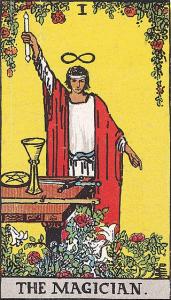
The Magician (I), an illustration from the Rider-Waite tarot deck first published in 1910
“Bending the Arm of Chance: When Does Magic Really Become Magic?” points out, as a few authors have in the past, that magic appears to manifest through often strange coincidences. Each event has a certain probability of occurring or not occurring, and magic can be the decisive factor. It is suggested that “probably everyone” who seriously devotes themselves to magic has experienced such coincidences. Of course, dealing with probabilities means that we’re not dealing with a reproducible “exact science or linear technology” and so bridging the gap between magic and science will quite possibly always remain tantalizingly out of reach. Inclusion of this essay goes a long way to distinguishing between “real” magic and that portrayed in Hollywood movies.
“A Contemporary Magician’s Biography” is an interview with Axel Büdenbender, who is elsewhere described as “a self-proclaimed black magician.” Black magicians are quite often feared and avoided by those who know little about them. In the interview, Mr Büdenbender comes across very similarly to other serious spiritual seekers, except for a willingness to push the envelope a little more than many others by summoning demons and using drugs.
“States of Consciousness” is an interesting essay where four types of consciousness are mapped onto the Middle Pillar of the Tree of Life. These states appear to correspond to brainwave frequencies, which may be more familiar to some readers. Thus, I would propose:
Deep sleep/Tiphareth appears to correspond to Delta (0.1 to 3.5 Hz)
Dream state/Yesod appears to correspond to Theta (4-8 Hz)
Awake state/Malkuth appears to correspond to Alpha (8-12 Hz)
Ecstasy/below Malkuth appears to correspond to Beta (above 12 Hz) or Gamma (above 30 Hz)
Mapping brainwave frequencies to the Tree of Life could make for an interesting investigation.
“Telepathy for Everyday Life” is a fascinating essay which ties in telepathy with the seven chakras in contemporary usage. The third eye, for example, can be used to calm a person suffering a panic attack. Contemplating all the chakras can give an overall indication of the health of the person.
“Magical Healing in the Hermetic Tradition” points out that “healing was one of the main concerns of people everywhere in the world plagued by sickness and adversities. And healing has always been connected with the supernormal … “ Healing within traditional hermetic magic included alchemical spagyrics with its plant and mineral essences which are still used; homeopathy; various energetic methods; mediumistic and spiritual healing; as well as the closely related techniques of Traditional Chinese Medicine and Indian Ayurveda. I personally feel that healing should be an integral part of any spiritual path, and so am very pleased that this essay was included.
There are many other fantastic essays to delve into, and I trust that this small sampling provides an idea of what can be expected.
Tony Mierzwicki
Author of Hellenismos: Practicing Greek Polytheism Today and Graeco-Egyptian Magick: Everyday Empowerment.

